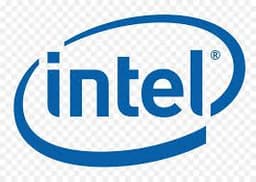
Intel (Intel Corporation) is a global titan in the semiconductor industry, widely recognized for its pivotal role in the personal computing revolution and its continuous push into new computing frontiers.
Intel is currently undergoing a significant transformation under its "IDM 2.0" strategy, focusing on revitalizing its manufacturing capabilities (Intel Foundry Services) and regaining technological leadership.
The company is heavily investing in AI-enabled processors and strengthening its presence in the high-growth data center market.
While facing strong competition, particularly from AMD, Intel continues to hold a substantial market share in the x86 CPU segment. Its success in the coming years will heavily depend on the execution of its foundry strategy and its ability to deliver competitive next-generation products, especially in the AI space.